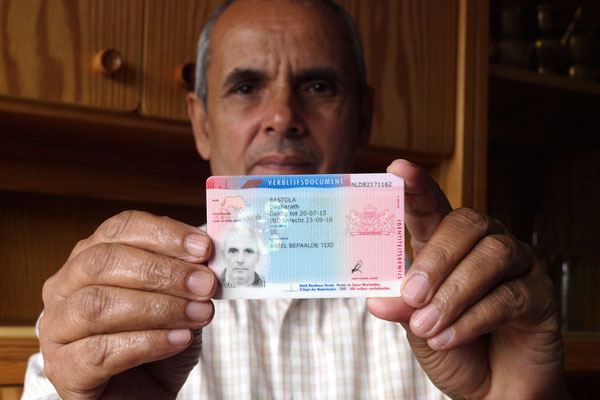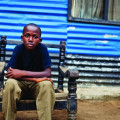Integrating refugees in the Dutch society: the role of Humanitas
With a population of around 16,8 million, in 2014 the Netherlands received 24.495 asylum applications and approved 18.900 of them.
We interviewed Mr. Anes Rustempasic, project coordinator of the Dutch organization Humanitas in the city of Groeningen, about the integration process that follows the granting of asylum permits in the Netherlands. Founded in 1945, Humanitas is one of the main secular social services and community-building associations in the country; relying on some 18.000 well-trained volunteers and a staff of over 300 employees, it provides support for different categories of people in need. Refugees are, of course, one major group among them.
Generally, asylum demands in the Netherlands are scrutinized in a relatively short period of time: within 8 days from the beginning of the procedure, asylum seekers know whether they will be entitled to stay as refugees or not. In the event of a positive response, refugees spend a few months in government-managed reception facilities – while waiting for their documents – and from there, they move to the city/town to which they are relocated.
Mr. Rustempasic explains that “Humanitas steps in right after the asylum seekers are granted the protection status [which can vary according to the asylum seeker’s situation, ed.] and resettled from the governmental first-reception centers to different cities and towns throughout the country.” Here, the local Humanitas branches provide support to the refugee population in the various different aspects that can turn out to be problematic when moving to a new, unknown environment.
“We assist refugees while integrating in society” says Mr. Rustempasic “and in order to do so we first help them understand what are their first priorities in the new country: mostly, basic things like health insurance, housing, finding a job, schooling for the children and so on.”
Humanitas’ support work is mainly conducted by well-trained volunteers who “coach the new asylum seekers on an individual level.” And the matching of volunteers and refugees is not casual, but rather very well organized: “We try to put people together according to their background, interests, etc. For example, we would match an asylum seeker lawyer with a volunteer with some kind of legal background.”
One further activity carried out by Humanitas is the Dutch language teaching. As Anes highlights, much volunteer work is put in to teaching Dutch to refugees since “we believe that learning the language is a major element of integration, because it enables them to feel that they have a connection with their surroundings”.
When asked about the impact of Humanitas’ work in the integration of refugees in the Dutch society, Mr. Rustempasic has a rather satisfied outlook on the situation. Despite a quite significant difference in the facility for integration recorded between the population of big cities and towns (it is easier for the refugees to become integrated in larger cities, according to Anes), his overall assessment is a positive one. The locals seem to understand the harsh and dangerous conditions the asylum seekers flee from when they get to Europe and the Netherlands relatively well.



